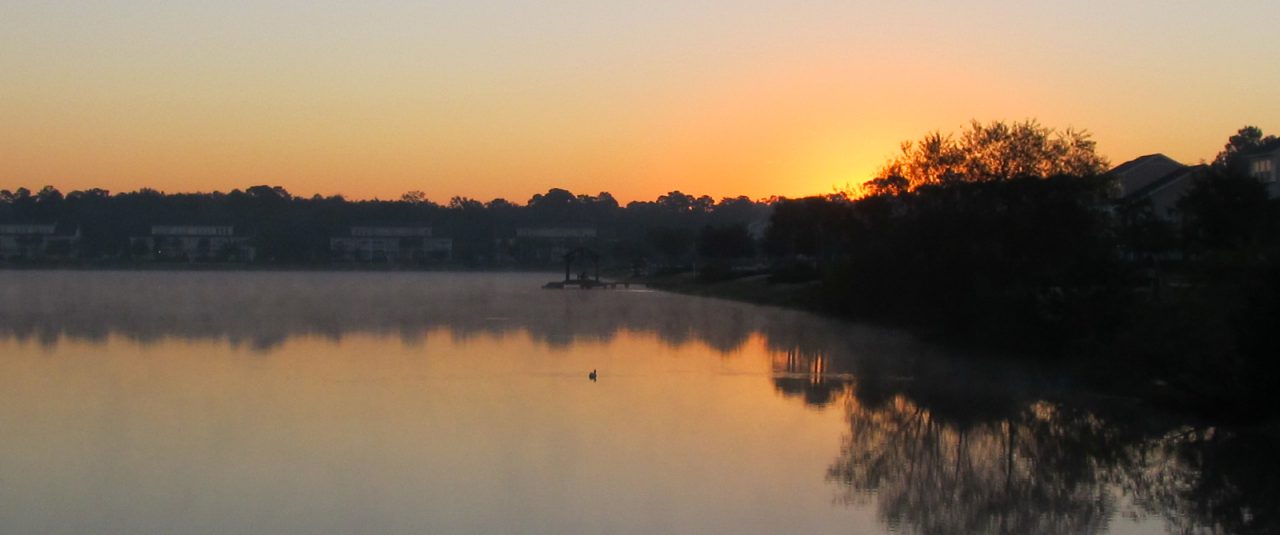
Warm, sunny days and cool nights make our roses bloom larger and more brilliantly colored. However, we still have to do our part to make it happen.
The summer heat typically continues into the month of September in the Charleston area. Up north where I came from, the temperature usually cools off after Labor Day weekend. Regardless of where you are, to prepare your roses for the coming winter, if rain does not come, you have to supplement the rain. Your roses will need daily watering in order to avoid stress. Water deeply, often and well. If you plan to exhibit or showcase your roses in any of the fall rose shows, you have to water daily as this will increase the substance of your blooms. Deep watering is needed, or the little feeder roots on the plant will grow toward the surface seeking moisture. Well-hydrated roses fare better during the winter months.
To get your roses growing for the fall flush, a variety of fertilizers can be used. Granular fertilizers, if used, should be discontinued after early Sept. A balanced water-soluble fertilizer should be applied every two weeks through the end of September. Fish emulsion can be used along with the water-soluble fertilizer. After the initial growth spurt, the roses will benefit from the reduction of nitrogen with the use of a bloom booster formulation, one with the high middle number to get larger blooms of intense color. Discontinue fertilizers from October through mid-March.
The fall “pruning” is better described as a cutback because the bushes are not taken down as far as the spring pruning. The growth should be reduced by ¼ to 1/3 depending on whether it is a very large established bush or a new bush planted in the previous spring. Do remove any spindly stems, blind eye clusters and dead stems or canes. The cutback should be done in late Aug. or early Sept. for gorgeous fall blooms. It will take about 6 weeks for the large roses to recycle and between four to five weeks for minis and minifloras.
Continue the spray program through the entire fall to keep leaves free of disease. Choices of spray material should include a systemic and a contact material used together. The systemic should be alternated. In order to treat blackspot, spray every other day for three or four times and then go back to your regular spray program. If insects become a problem, a spray program will need to be initiated for control. Premixed Bayer Advanced Garden Rose and Insect Killer is an excellent choice for control of aphids, leafhoppers, scale and thrip.
Continue to cut roses for bouquets through the end of October. Some growers prefer to let rose hips form by removing only the petals of spent roses. This signal the plants that the dormant season is coming. The plants sense this as the days become cooler and shorter.
Fall is a good time to test your soil in order to be sure that your soil pH has not been changed in a negative way before winter and its challenges to your roses begins. Directions for testing: Take samples from several spots in the garden using clean plastic shovel and bucket. Combine the samples, mixing well. Send a sandwich bag of the composite sample to your extension agent’s office. Be sure to tell them that the test is for roses and request recommendations with your test.
Start thinking about new roses for the coming year. Check the rose catalogs and order your roses now to get the best selection.
Prepare your Christmas wish list. For the special person on your Christmas wish list who loves roses, give that special person “Stop and Smell the Roses”, a beautiful book full of roses in full color, over 80 photos with 101 motivational tips for a happy and healthy lifestyle. You can order the hard copy at Barnes and Noble. Paperback and Kindle are available at Amazon. Order “Stop and Smell the Roses” today.
Until next time. Stop and smell the roses.

Is that the natural color of the Twilight Zone rose? Remarkable!!
LikeLiked by 1 person
Yes. It’s striking and very fragrant. There is another similar rose “Ebb Tide” but “Twilight Zone” is much better.
LikeLike